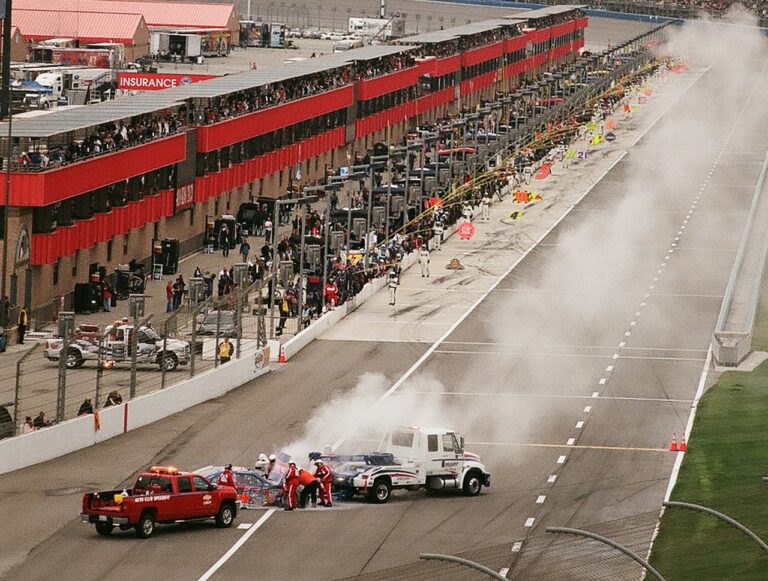Analyzing the Impact of Ride-Hailing Services on Urban Traffic Patterns
Urban traffic patterns are influenced by multiple factors, with one of the primary determinants being population density. Cities with high population densities often face more congested roads due to the sheer volume of vehicles on the streets. Additionally, urban layout and infrastructure play a crucial role in shaping traffic patterns. The design of roads, presence of public transportation systems, and availability of parking spaces all impact the flow of traffic in cities.
Moreover, economic activities within urban areas significantly affect traffic patterns. Commercial areas and industrial zones attract a large number of commuters, leading to increased traffic during peak hours. Similarly, residential areas can experience traffic congestion as residents travel to and from work, schools, and other destinations. The distribution of land use and the location of key amenities within a city can influence the movement of vehicles and contribute to the overall traffic patterns in urban areas.
Challenges Posed by Ride-Hailing Services in Urban Areas
Ride-hailing services have revolutionized urban transportation in recent years, offering convenience and flexibility to users. However, with this innovation comes a set of challenges that urban areas must now navigate. One key issue is the increase in traffic congestion caused by the proliferation of ride-hailing vehicles on the streets. The ease of booking a ride via mobile apps has led to a surge in the number of vehicles operating in urban areas, contributing to gridlock and slower traffic flow.
Another challenge posed by ride-hailing services is the impact on public transportation systems. As more people opt for the convenience of rideshare services, there is a decline in ridership on buses and trains. This shift ultimately affects the revenue and sustainability of public transportation, as fewer passengers using these services can lead to service cuts and increased fares for those who depend on them.
Effects of Ride-Hailing Services on Public Transportation Usage
In urban areas, the advent of ride-hailing services has brought about a shift in the way people choose to commute. With the convenience and personalized nature of services like Uber and Lyft, many individuals have opted for on-demand transportation options over traditional public transportation modes. This transition has impacted public transportation ridership, leading to a decrease in the number of passengers utilizing buses, subways, and trains within cities.
As ride-hailing services continue to gain popularity and expand their reach, public transportation systems are faced with the challenge of retaining and attracting commuters. The ease of booking a ride through a mobile app, along with the comfort and flexibility offered by ride-hailing vehicles, has influenced the decision-making process of urban dwellers when it comes to choosing their preferred mode of transportation. This shift underscores the need for public transportation authorities to innovate and adapt to changing consumer preferences in order to remain competitive in the evolving urban mobility landscape.
• Public transportation ridership has decreased due to the popularity of ride-hailing services like Uber and Lyft
• Commuters are attracted to the convenience, comfort, and flexibility offered by on-demand transportation options
• Urban dwellers are opting for personalized transportation choices over traditional public transit modes
• Public transportation systems must innovate and adapt to changing consumer preferences in order to compete with ride-hailing services
How do ride-hailing services influence urban traffic patterns?
Ride-hailing services can contribute to increased congestion in urban areas as more vehicles are on the road picking up passengers.
What are some challenges posed by ride-hailing services in urban areas?
Challenges include increased traffic congestion, competition with public transportation, potential negative environmental impacts, and concerns about driver working conditions.
How do ride-hailing services impact public transportation usage?
Ride-hailing services have been shown to decrease ridership on public transportation, as people opt for the convenience and flexibility of on-demand rides.
What are some key factors influencing urban traffic patterns?
Factors include population density, road infrastructure, public transportation availability, ride-hailing service popularity, and urban planning decisions.
What can be done to mitigate the negative effects of ride-hailing services on public transportation?
Strategies include improving public transportation services, incentivizing shared rides, implementing congestion pricing, and promoting alternative modes of transportation like cycling and walking.







